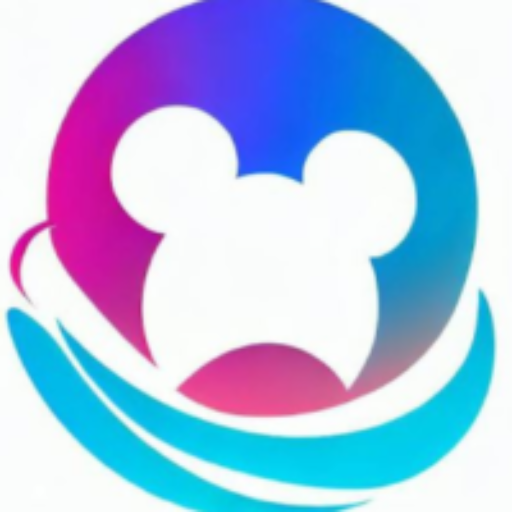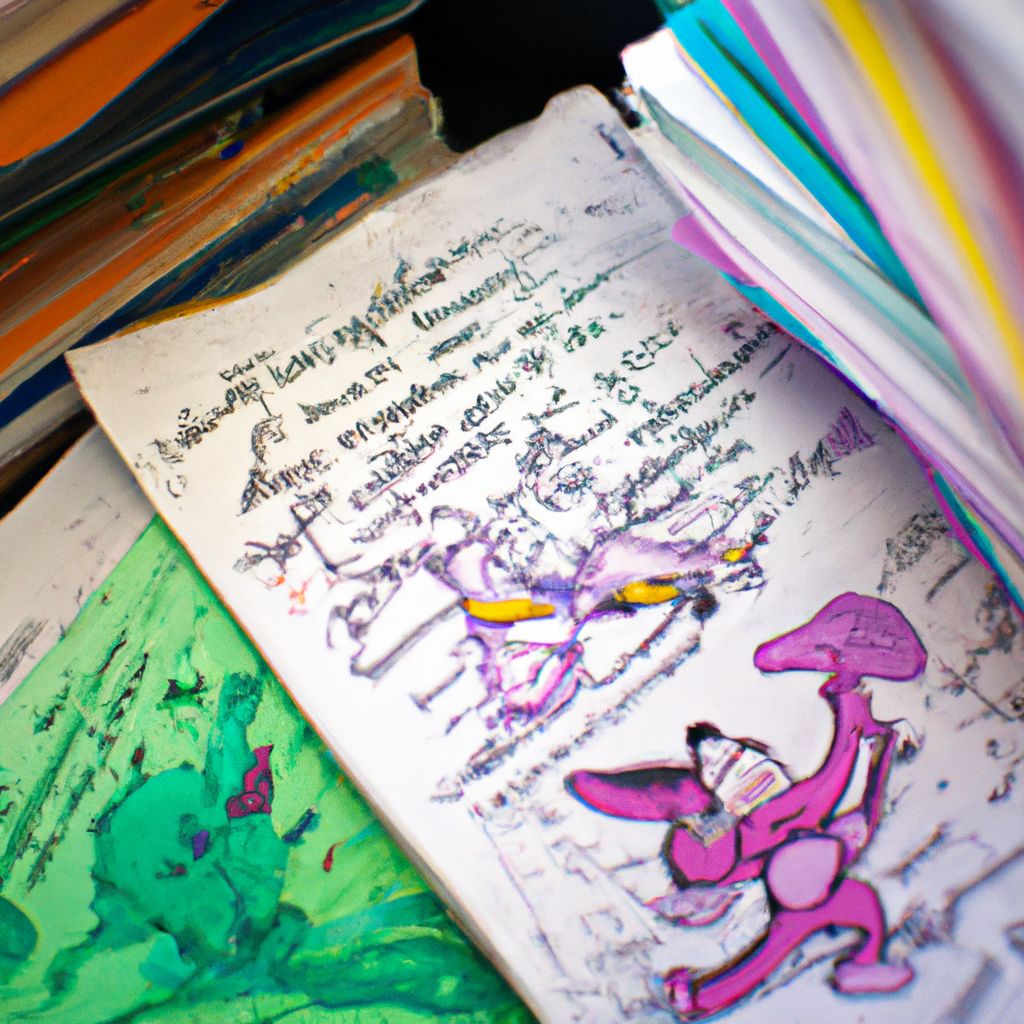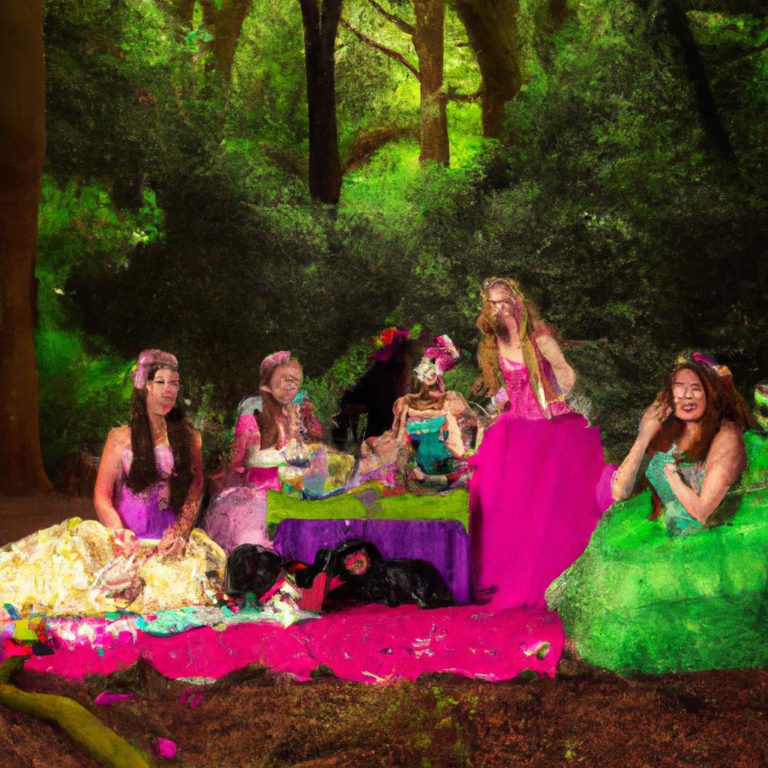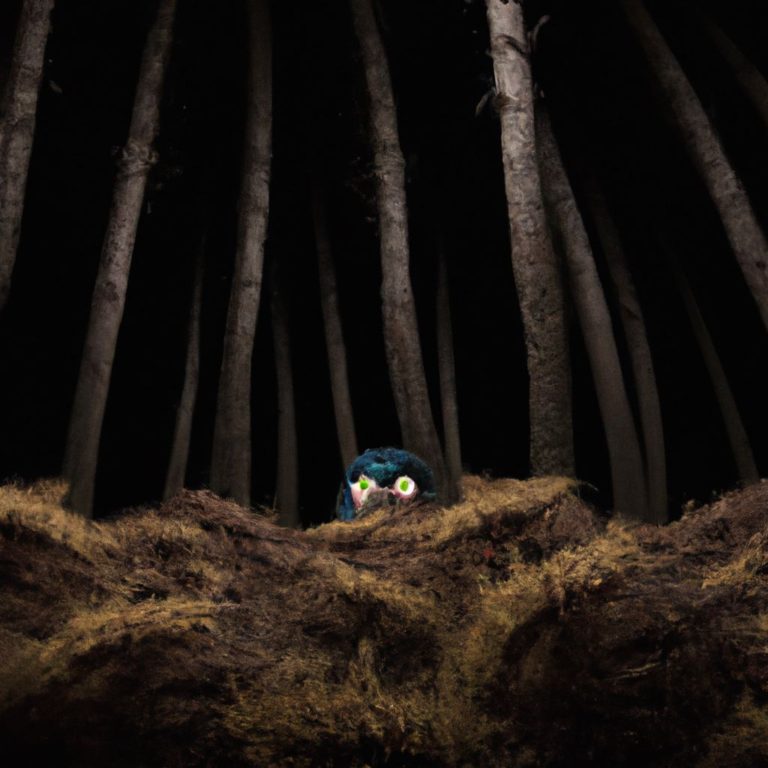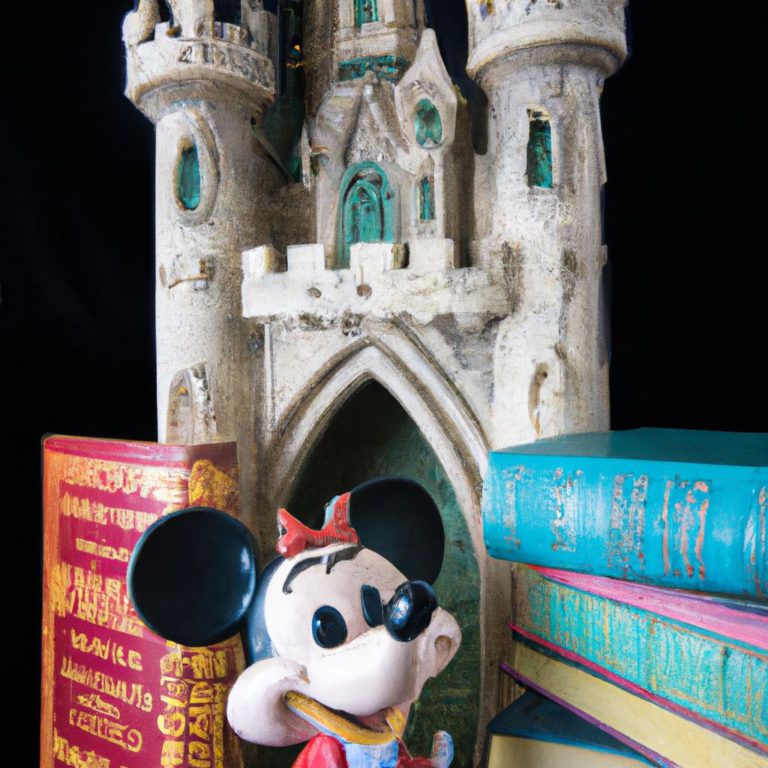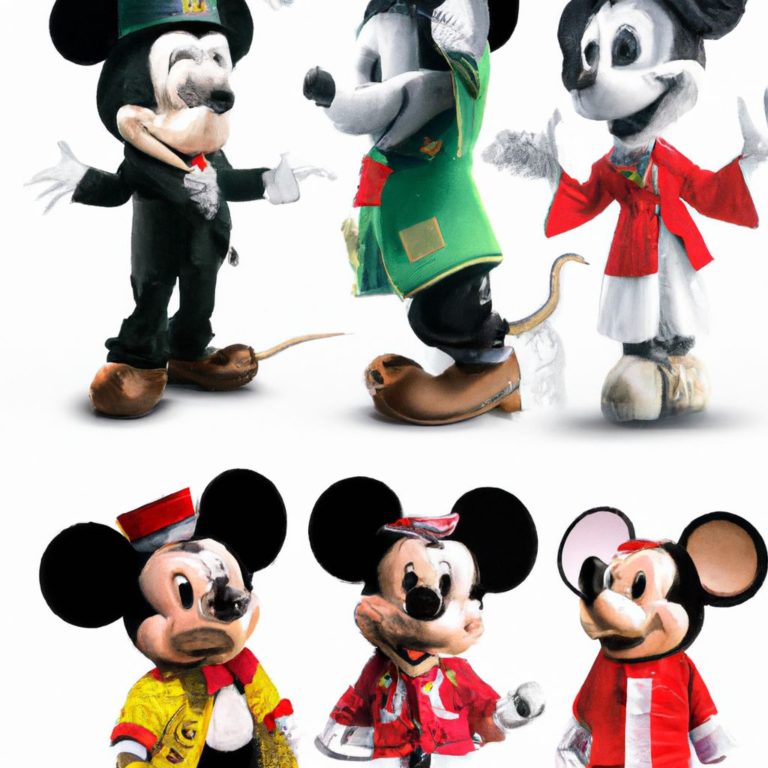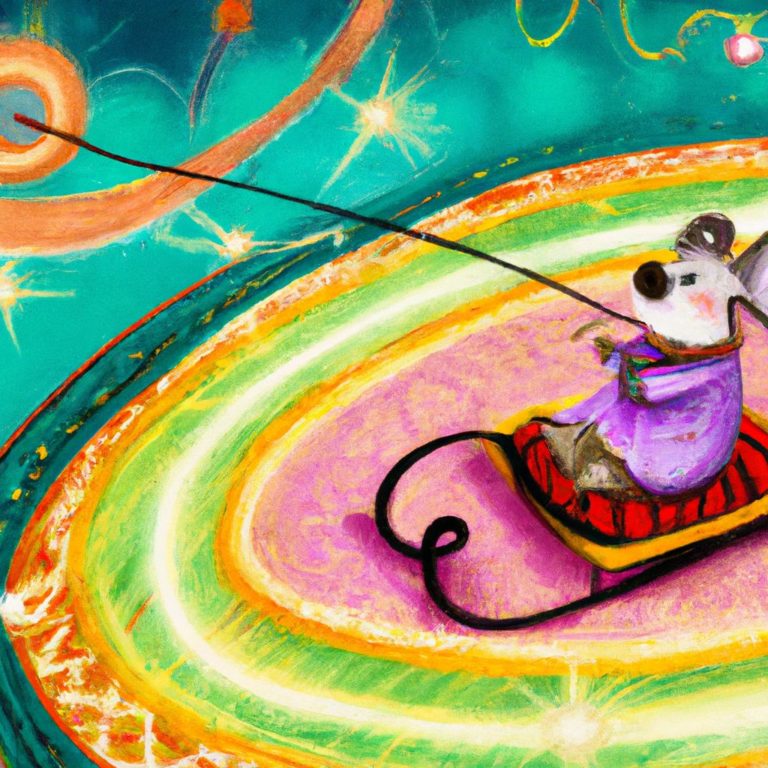How Disney Movie Scripts Are Written
- 100 Disney Facts That Might Surprise You - June 24, 2023
- Secrets Of Disneyland Attractions - June 24, 2023
- Real Life Inspirations Behind Disney Movies - June 24, 2023
The Art of Disney Movie Scripts Writing
To ensure a captivating Disney movie script, delve into the art of writing with a focus on the essence of a storyline. Explore the sub-sections that shed light on this: the power of character development, the significance of plot structure, the magic of dialogues, and the importance of emotional connections.
The Essence of a Captivating Storyline
A Disney movie script needs a captivating storyline to be successful. It should grab the audience’s attention and keep them engaged. Unique characters, intriguing plot twists, and emotional arcs make it happen.
Every character in the Disney realm serves a purpose. Each individual brings depth and meaning to the story. Their motivations and actions drive the narrative forward, creating tension and excitement. Plus, interactions between characters create captivating dynamic relationships.
An unpredictable plot is key too. Audiences love Disney movies for their surprising twists and turns. Whether it’s a shocking reveal or unexpected betrayal, these moments add impact. Well-paced storytelling makes sure there are no dull moments.
Emotional depth is also important for crafting a captivating storyline. Love, loss, friendship, and self-discovery themes are universal. They let viewers connect with the characters on a deeper level and invest in their journey.
The Lion King screenplay was an example of this. Screenwriter Irene Mecchi drew inspiration from personal experience, using her own grief to infuse Simba’s journey with themes of loss and acceptance that resonated with audiences.
The Structure of a Disney Movie Script
To understand the structure of a Disney movie script, delve into the act structure which establishes the foundation. Explore the sub-sections that dive into the various elements and techniques used to construct a compelling narrative.
The Act Structure: Establishing the Foundation
Creating a Disney movie script requires an act structure to provide a solid foundation for the story. This structure has three acts, each of which has an important role in driving the plot forward and engaging viewers.
The first act, or setup, is where the story’s foundation is formed. This includes introducing the characters, their goals and desires, and the initial conflict or problem that will drive the plot. Establishing these things early helps to get the audience invested in the story.
The second act is called the confrontation or development. The conflicts introduced in the setup are further explored and developed. The main character faces obstacles and challenges which test their commitment to their goals. This usually involves rising action, where the tension builds towards a climax or turning point.
In this act, maintaining an engaging narrative flow is key. This is done by alternating exciting moments with quieter scenes which allow for character development and emotion. This gives viewers a chance to connect to the characters on a deeper level.
The third act is known as resolution or denouement. It focuses on resolving conflicts and tying up loose ends. The main character confronts their final challenge or obstacle and undergoes a transformation or realization leading to personal growth. This often includes a climactic sequence and a resolution to match the characters’ arcs and audience expectations.
To ensure success when using this act structure, there are some suggestions. Firstly, set clear goals for each act that align with the overall story objectives. Secondly, create effective obstacles that challenge the characters’ motivations and push them towards new revelations.
Moreover, pacing is essential to keep viewers engaged. Balance suspenseful moments with emotional beats to keep the audience invested. Additionally, build dynamic relationships between characters to add depth and complexity to the story.
Ultimately, by following these guidelines, writers can create a Disney movie script with a strong act structure. This allows for storytelling that is seamless and empowers an emotional journey for both characters and viewers. This results in an impactful script that creates an unforgettable cinematic experience. Unlock the magic of Disney scriptwriting with the perfect fit!
The Elements of a Disney Movie Script
To craft a compelling Disney movie script with memorable protagonists and antagonists, understanding the elements of character development is key. This section explores how Disney movie scripts are written, focusing on the art of crafting these iconic characters.
Characters: Crafting Memorable Protagonists and Antagonists
Crafting unforgettable protagonists and antagonists is a must when writing a Disney movie script. These characters have an essential role in captivating the audience and moving the story forward. Here are five key points to bear in mind:
- Character Development: Give your characters depth by exploring their background, motivations, and weaknesses. This helps the audience to feel connected with them on an emotional level.
- Unique Personalities: Ensure that each character has special traits, quirks, and behavior that make them special. This will help them stand out from other characters in the story.
- Conflicting Goals: Create conflict between the protagonist and antagonist by giving them conflicting goals and desires. This clash of intentions drives the narrative tension and keeps the audience intrigued.
- Relatability: Make sure both the protagonist and antagonist have qualities or experiences that the audience can relate to. This builds empathy and interest in their respective journeys.
- Growth Arcs: Show growth and development in both the protagonist and antagonist throughout the story. This allows for dynamic character arcs that keep viewers hooked until the end.
Also, consider unique details that bring depth to your characters, such as their relationships with other supporting characters or how they handle moral dilemmas.
For example, Disney’s classic film “The Lion King” portrays memorable character development. Simba changes from a daring cub to a wise king who learns from his past. His antagonist, Scar, is an unforgettable character whose envy leads him down a destructive path, showing the consequences of uncontrolled ambition.
To sum up, crafting unforgettable protagonists and antagonists is key for penning a compelling Disney movie script that resonates with viewers of all ages. By focusing on character development, unique personalities, conflicting goals, relatability, and growth arcs, you can craft characters that leave a lasting impression and contribute to the success of your story.
The Writing Process for Disney Movie Scripts
To unlock the magic behind Disney movie scripts, dive into the writing process for Disney movie scripts. Discover how brainstorming and ideation are the keys to transforming concepts into enchanting creations. Explore the secrets behind bringing beloved characters and captivating stories to life on the silver screen.
Brainstorming and Ideation: From Concept to Creation
Fostering an environment that allows creativity to blossom without fear of criticism is key. Every idea contributes to the collective imagination and leads to the creation of Disney movie scripts.
Collaboration is one part of the process. A team of writers, directors, and producers come together to exchange and build ideas. Through this, the initial concept starts to form.
Exploration is also important. Analyzing existing Disney movies, researching themes, and looking at trends helps create a unique angle for the story.
Character development is essential. Brainstorming helps writers delve into a character’s motivations, traits, and conflicts, giving them depth and relatability.
Ideas need to be pitched to Disney decision-makers. This involves presenting an overview of the story idea, its potential marketability, and audience appeal.
Refining the concept is next. This involves revising the plot structure, character arcs, and narrative flow.
Creating vision boards is the last step. Mood boards or collages depicting settings, costumes, and emotional atmospheres help shape the world of the movie.
For example, when brainstorming the animated film “Moana,” the filmmakers did extensive research into Pacific Island cultures. They consulted experts and ensured a respectful portrayal. This attention to detail resulted in a beautiful and heartfelt movie that resonated with audiences.
